Despite the negative press over the 2022 World Cup, one Qatar-based risk manager insists that the stadiums and related builds can be completed on time. Here he outlines the upside of the works and the challenges that lie ahead

Since FIFA (Fédération Internationale de Football Association) announced that Qatar would host the 2022 World Cup, the country has been under intense scrutiny – investigations into the bidding process and labour-related death claims have taken much of the spotlight in the media, with questions over whether the country will be stripped of hosting the tournament. While discussions on these points continue, in the background, one of the most challenging constructions of any World Cup is taking place. In a country where basic infrastructure is lacking, Qatar has set itself a tall aim – to build nine climate-controlled stadiums, each big enough to accommodate upwards of 45,000 people.
Despite the negative press – and lack of infrastructure – one Qatar-based risk manager insists that the projects can be completed on time. Here, Ahmed Fouad, a senior delay analyst for a claims consultancy firm looks at the upside to the builds and the challenges that lie ahead.
Describe your role and responsibilities
I am currently a senior delay analyst with a claims consultancy firm and before that, I was planning manager and risk management co-ordinator at an international construction company – one of the top 20 companies worldwide. On my last assignment, I worked in a team of nine.
Interestingly, the risks that resulted in a claim were those outlined on the risk register, which turned into delay events.
What projects are you currently managing and where will your attention be turning to over the course of the next 18 months?
I will be taking on engineering, procurement and construction projects. Depending on the life-cycle of the project, I will usually start by dealing with risks that could materialise in the near future. These are usually related to engineering requirements. It is also important to finalise client requirements and get consent on particular details as this helps to reduce the possibility of risks affecting the works.
Next, I will focus on procurement and construction risk, such as long lead items delivery and material selection. I will also endeavour to solve any forecasted clashes onsite before they occur and monitor the progress and productivity which helps identify any potential delays earlier on in the project.
During this phase, the commissioning requirements are clear and detailed plans are made to mitigate any risks to completing the project onsite. I work closely with vendors for specialised equipment test or getting required permits and approvals for utilities and other supplies.
When the design is nearly completed, and at the earliest possible opportunity, I will try and get input from the end user and stakeholder to ensure that what has been constructed meets their requirements. Thereafter, any additional works required from the stakeholders, will be officially communicated.
As infrastructure in Qatar is still being developed, the country arguably faces the biggest construction challenge of any World Cup host. From a risk perspective, what steps can be taken to ensure stadiums, transportation and accommodation facilities will be delivered on time?
The stunning success for the 24th Men’s Handball World Championship 2015 and its outstanding organisation, compared to previous ones and its state of the art halls, proves that Qatar will deliver the best World Cup ever.
All required supporting projects for the World Cup are already ongoing and expected to be completed before the tournament.
The Brazil 2014 World Cup came under immense scrutiny for various reasons but the late completion of some of the stadiums was a serious worry for FIFA, fans and the contractors. What lessons do you think the Qatar 2022 organisers and contractors will have learned from this?
All world cups and Olympics games competed any builds relatively last minute. It was the same for South Africa 2010 and Winter Olympics – it is the nature of the big games.
The construction of [the stadiums] for the 2022 World Cup has started, allowing time to finish this projects to schedule – and time to solve any future risks that could arise. I believe that it will not be any issue to deliver the construction on time.
FIFA has the right to change requirements related to the construction of the stadiums, if they do so, the hosting company has to comply with the new requirements. If any changes are communicated late, sure it could jeopardise the timely completion of the builds – it was certainly an issues with one of the Brazilian stadiums.
What are the top three risks associated with constructing infrastructure and stadiums for the Qatar 2022 World Cup?
• FIFA Requirements
• Finalising the finer details of the design as there is always continuous improvements and additional requirements to ensure the delivered facility is state of the art in every aspect.
• Availability of the required qualified resources.
Is reputation risk a concern?
Any contractor who bids for the projects knows in advance that there will be intense media attention. It is expected for each World Cup. Contractors should be ready to face it and co-ordinate with the organising committees to issue press statements when required. The projects should not be affected by the media – the project team knows what needs to be done to finish the project.






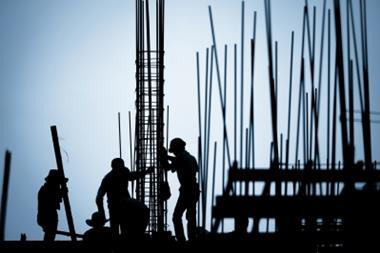

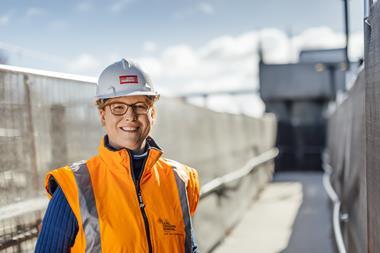
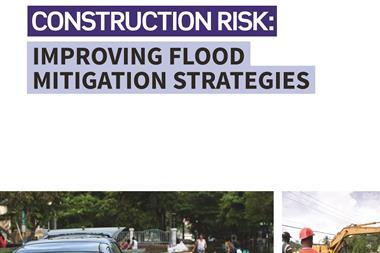
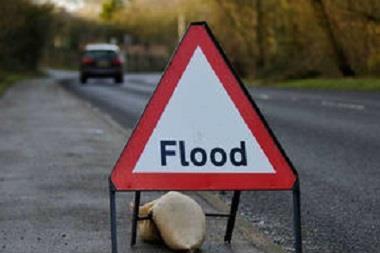
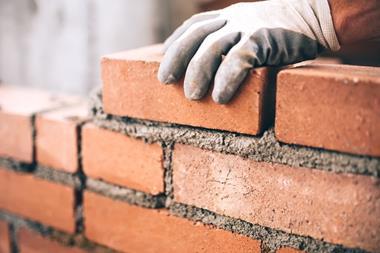
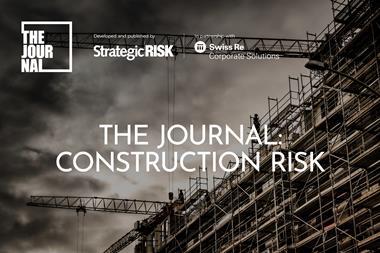

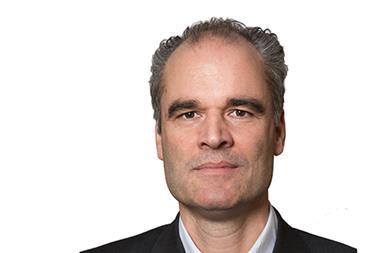
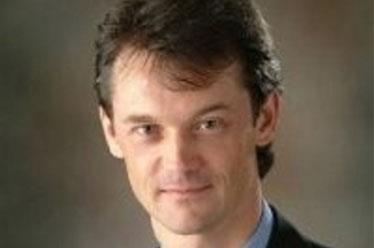
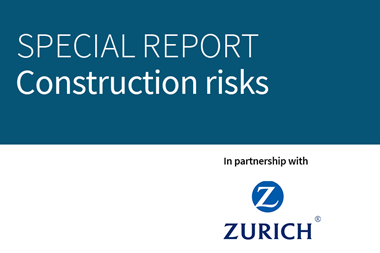



No comments yet